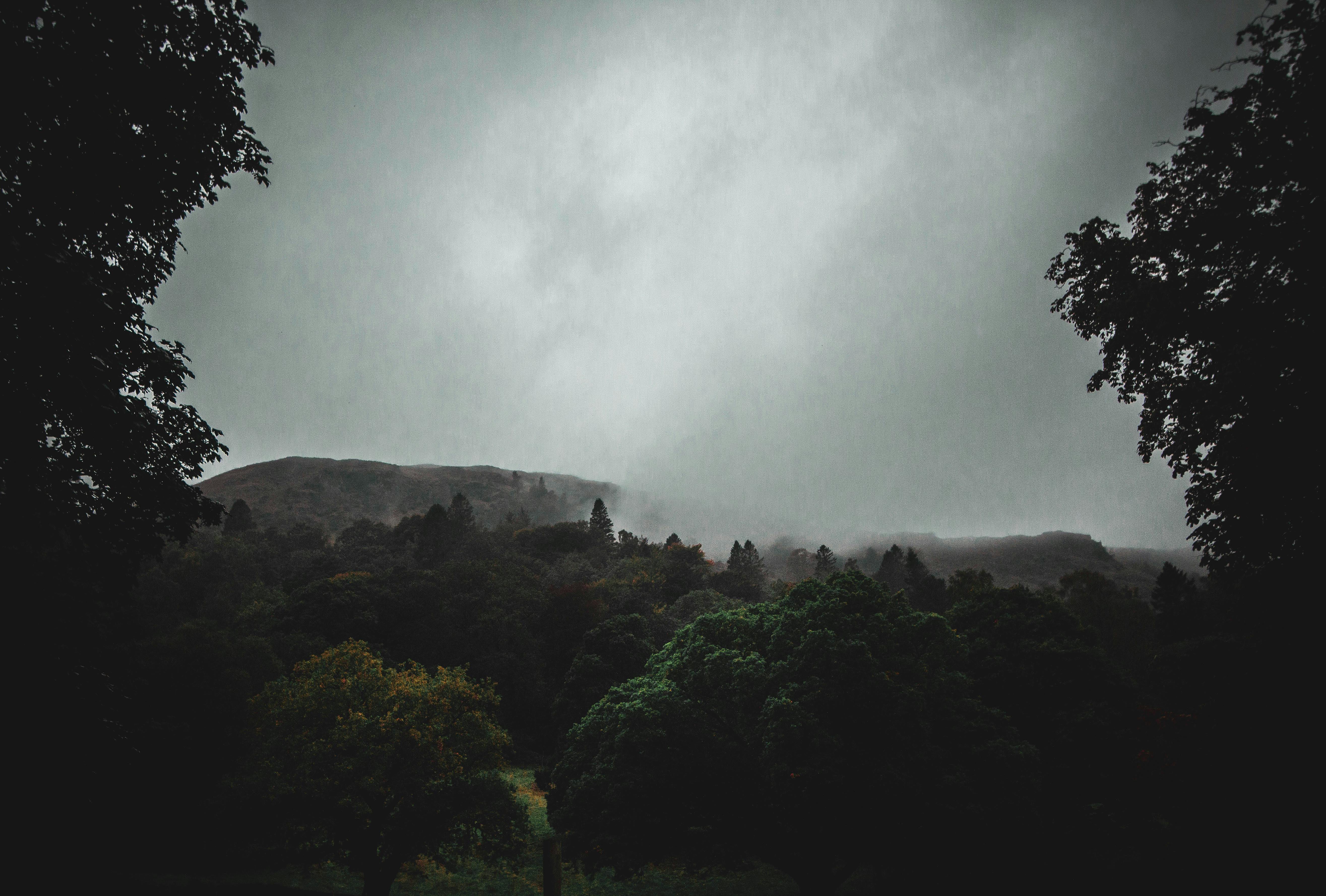The music that forged the counterculture revolution of the 1960s
The counterculture revolution of the 1960s is one of the most significant steps in Western cultural development in the 20th century. From the beginning of its creation to its peak during the Vietnam War, music was a great source of its driving force, contributing to the achievements it helped bring about, but also laying some of the foundations for its downfall.
With a focal point around the United States and the United Kingdom, its influence spread throughout Western civilization and beyond, but it’s hard to say where it all began. However, the most important ingredient in its development was the growing mistrust of the established order of things, and in particular of the senators, congressmen and presidents who were pulling the strings. The increased tension of the cold war, the fear of the bomb, the assassination of President John F. Kennedy, racial segregation and the right to vote, the persecution of the communists and the Cuban communist regime, police brutality, The Vietnam War and the rise in the use of all psychedelic drugs merged in the 1960s and early 1970s to fuel the fires of the counterculture movement.
Music was at the center of everything from the folk movement led by Bob Dylan, Phil Ochs and Dave Van Ronk to the release of “Revolution 1” on the Beatles’ White Album. Music provided the children of the counterculture revolution with new sources of inspiration and a center around which to settle their discontent with the established order of play.
In addition to the songs and bands that spoke of protest in one way or another, there were also those that spoke of freedom in general, pushing the rules of the convention to the limit. The Velvet Underground’s lyrics, for example, include references to transgender people, homosexuality and drug use in a way never seen before, while bands like the Beach Boys are cited as strong advocates of peace, love and understanding.
One of the biggest things that developed out of the 1960s and early 1970s counterculture is the large-scale music festival. Folk festivals were well established by the early 1960s – Bob Dylan’s electric guitar at the 1965 Newport Fold Festival achieved near-legendary status, for example – but it wasn’t until the Monterey Pop Festival, which launched Jimi Hendrix to the big stage. the Isle of White and Woodstock Festivals that the idea really took off. The fact that these types of festivals have become so widespread in recent years is a testament to the musical legacy of the ’60s.
The counterculture movement came to a halt around ’73 and ’74 with the end of the Vietnam War, Nixon’s presidential resignation and the implosion, corruption and exploitation of the free love era. Whether it ended with the removal of things to protest, the move away from psychedelics like the election coup, or disenfranchisement with the excessive hedonism that characterized the later parts of the movement, it’s hard to say for sure, but the The impact of everything that happened during that period is still felt today, including the music that helped produce it and helped produce it. Civil rights became universal, new forms of expression were accepted, wars ended, and music was made.
